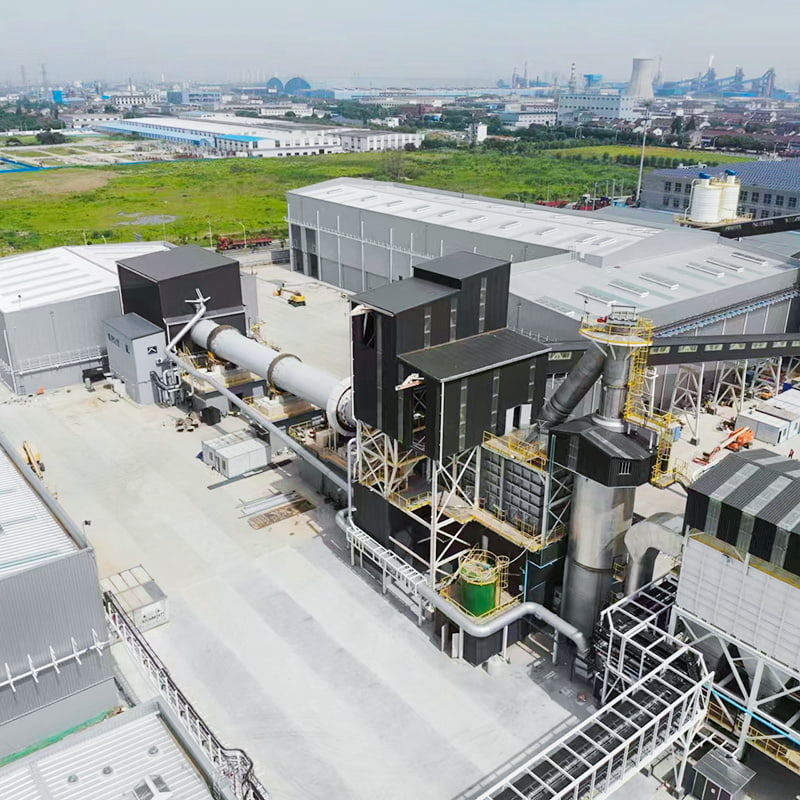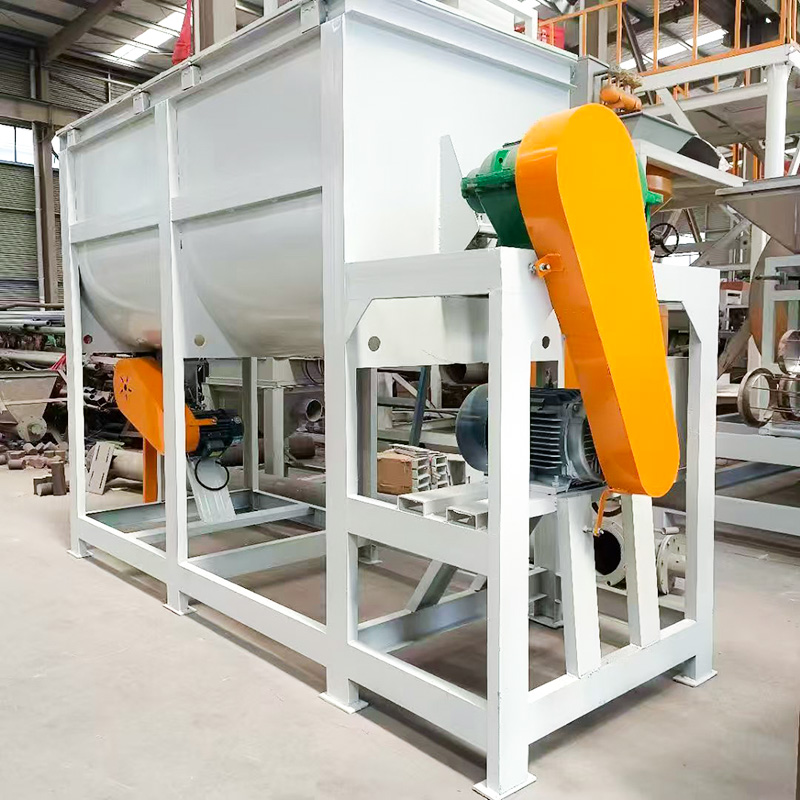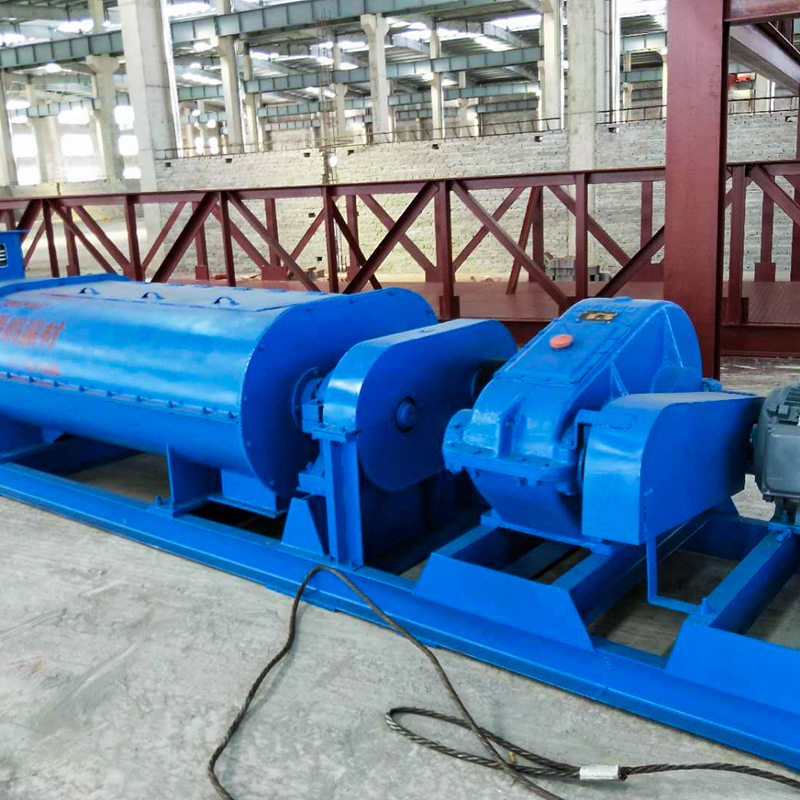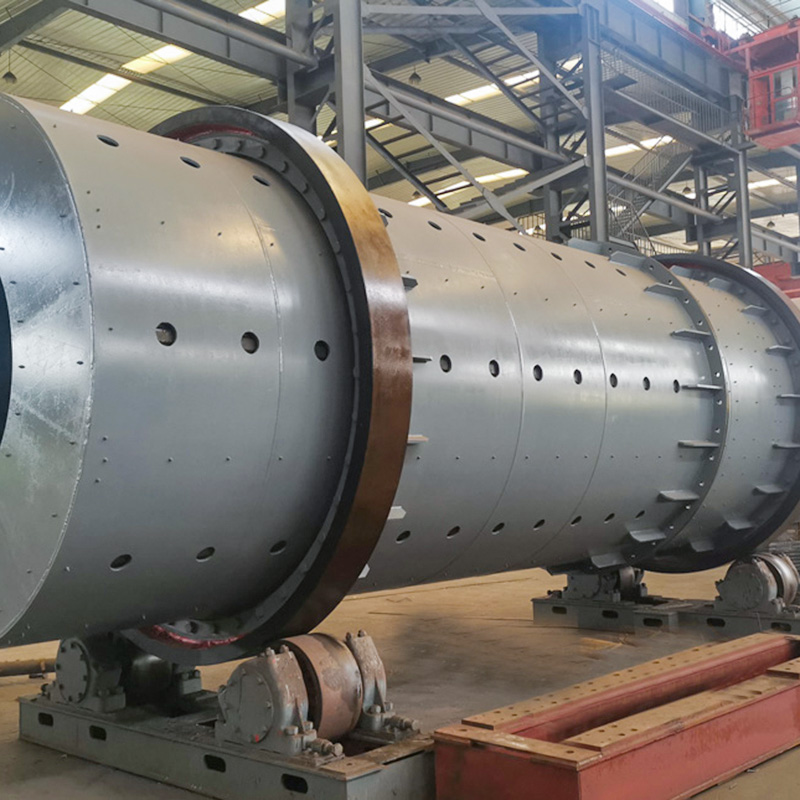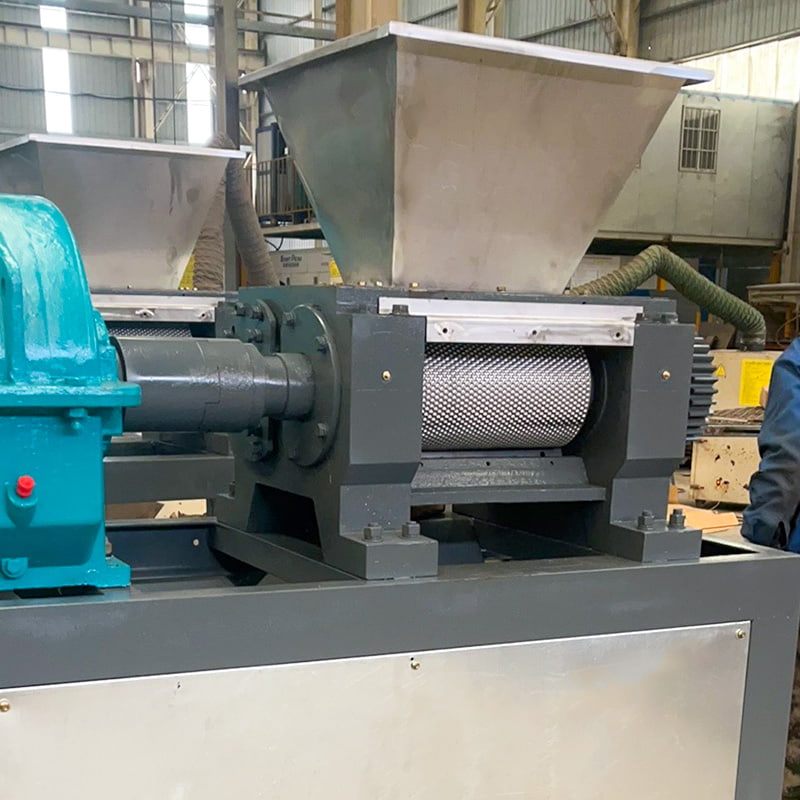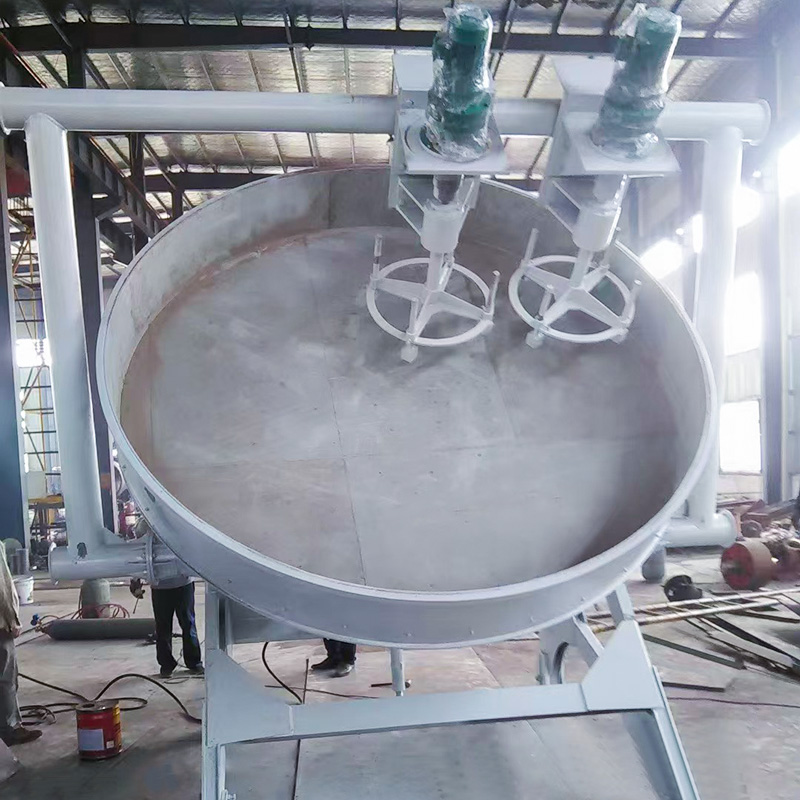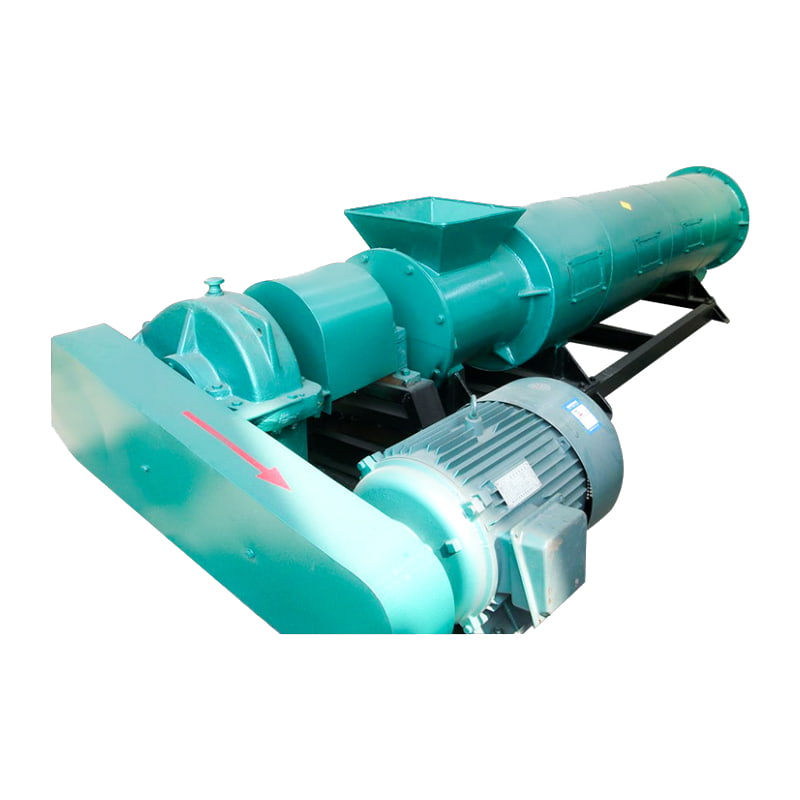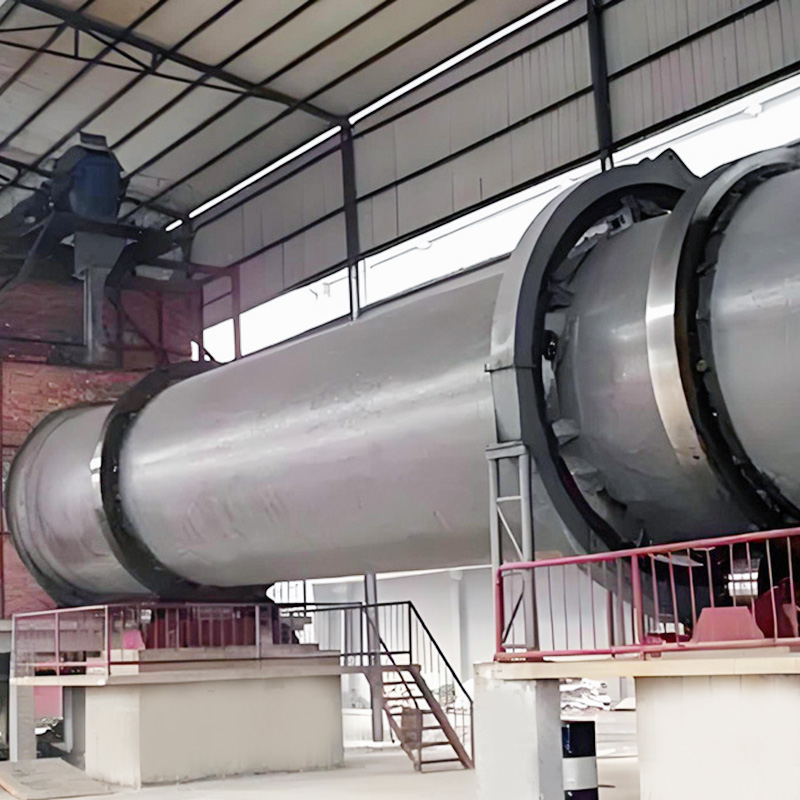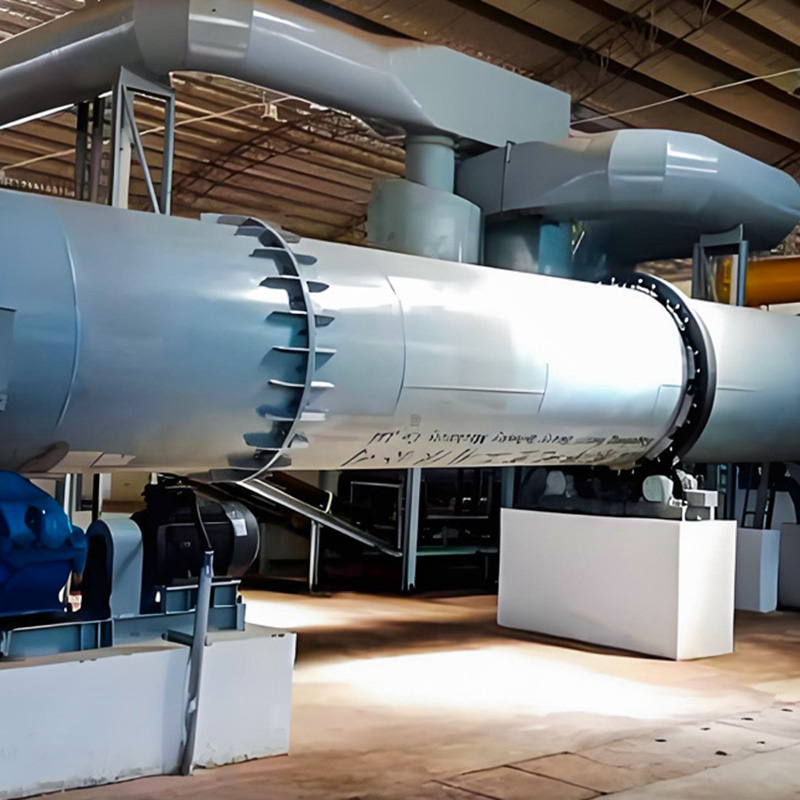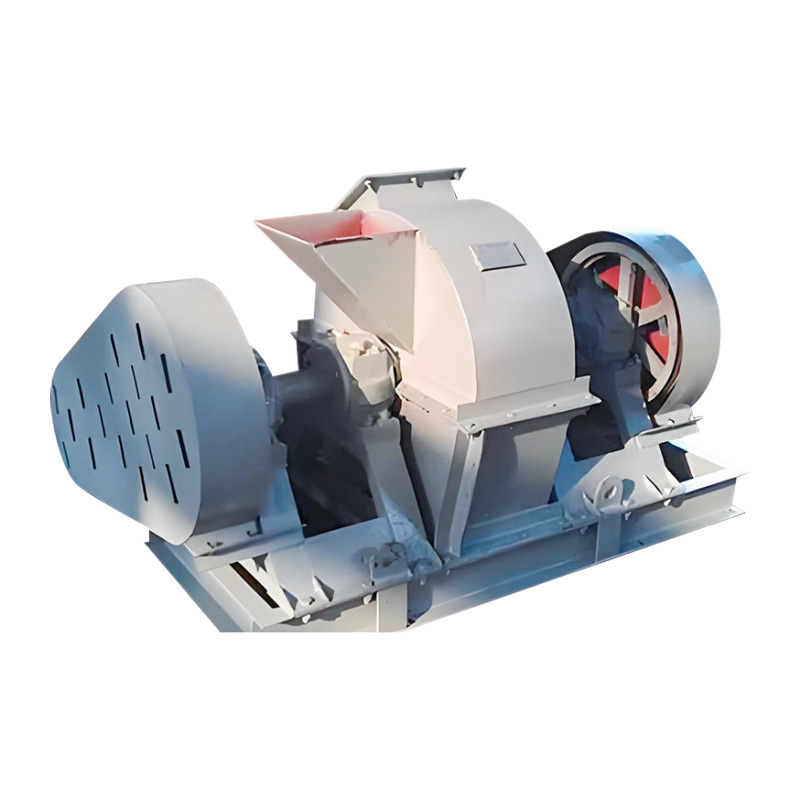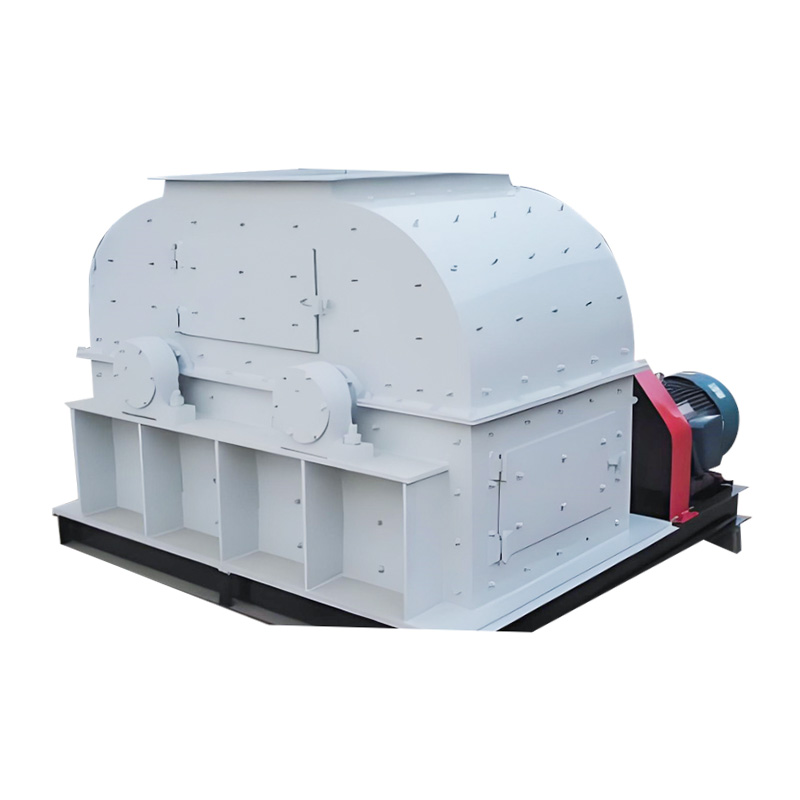Coal fired boilers in thermal power plants burn coal gangue with a certain proportion of particle size. The particle size of the coal in the coal mine is uneven, and most of the material particles in ...
READ MORESolid (Hazardous) Waste Rotary Kiln
The solid (hazardous) waste rotary kiln is a device specifically designed for treating solid waste (including hazardous waste). It uses a rotary calcination method to incinerate waste at high temperatures, achieving the goals of harmlessness, volume reduction, and resource utilization.
-
SPECIFICATIONS
-
CONTACT US
-
Application Areas
Suitable for treating various types of industrial solid waste, hazardous waste, tailings, tailings slag, papermaking white mud, calcium carbide slag, aluminum ash, contaminated soil, urban medical waste, domestic sludge, municipal sludge, and acid washing sludge from the petroleum, chemical, and pesticide industries.
Product Introduction
Currently, the integrated solid (hazardous) waste incineration system primarily utilizes a rotary kiln combined with a secondary combustion chamber. Utilizing advanced and proven technologies from both domestic and international sources, the system determines the process route and equipment configuration based on the client's specified material characteristics. We provide customized, full-process services to ensure pollutant emissions meet current standards.Key Advantages
● Provides comprehensive services across the entire industry chain, offering complete solid (hazardous) waste treatment system solutions.
● Hazardous waste product advantages: High-temperature incineration achieves harmlessness, volume reduction, stabilization, and resource utilization.
● Solid waste product advantages: Resource recovery, waste utilization, and production of construction ceramsite.
● High furnace heat load ensures complete material incineration, sufficient to handle the complete incineration of large quantities of hazardous waste.Operating Principle
The rotary kiln features a pusher mechanism at the feed inlet to ensure continuous feed. The kiln outlet temperature is 800-850°C. After the flue gas enters the secondary combustion chamber, secondary air is injected tangentially around the chamber, creating a strong vortex field within the chamber, ensuring the complete combustion of combustible components in the flue gas. The unique structural design of the secondary combustion chamber also enables it to function as a cyclonic dust collector. The flue gas outlet temperature exceeds 1100°C, and the flue gas resides in the high-temperature zone for more than 2 seconds, ensuring the complete decomposition of harmful components, including dioxins, and meeting the requirements for hazardous waste incineration. Solid (hazardous) waste is fed into the rotary kiln through the feeding mechanism for high-temperature incineration. After high-temperature incineration, the material is burned into high-temperature flue gas and ash. The rotation speed of the rotary kiln can be adjusted. Maintaining a stable slag layer of about 50mm thick can protect the refractory layer. Its operating temperature should be controlled at around 850℃. The high-temperature flue gas and ash enter the secondary combustion chamber from the kiln tail, and the incineration ash enters the slag discharger from the kiln tail and is regularly sent to the stabilization/solidification workshop for treatment. -
Message Feedback
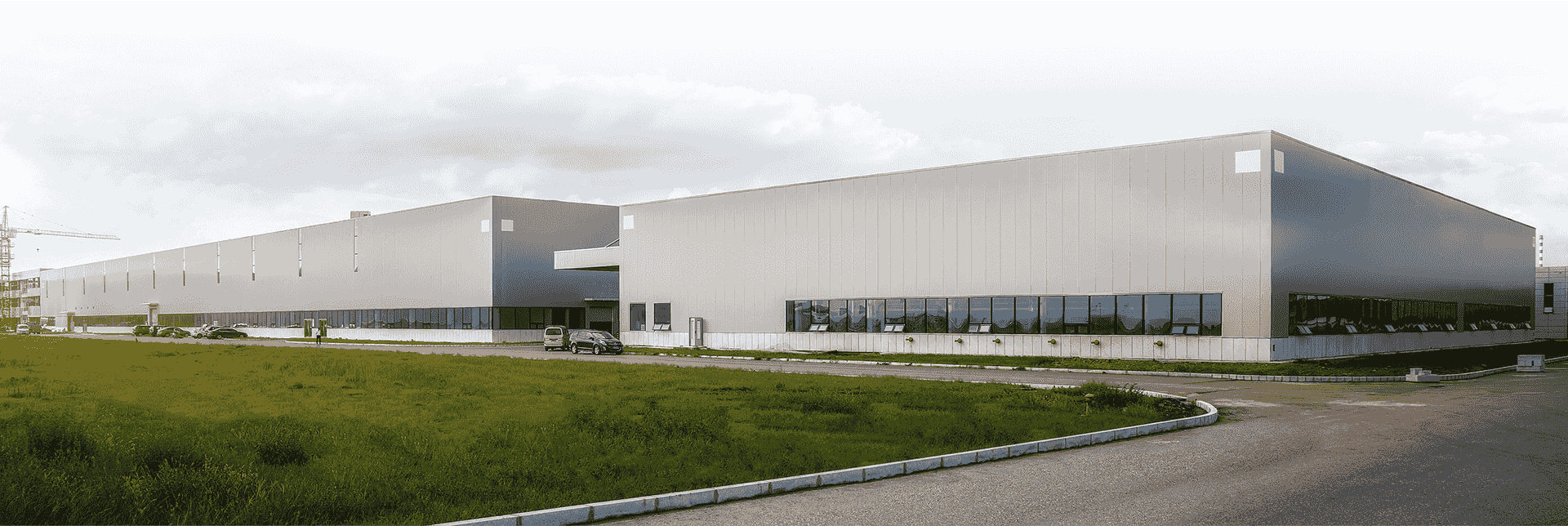
-
-
The grinder adopts a stepless speed control system, which can easily adjust the grinding speed suitable for grinding various components. Adopting an electric pneumatic proportional valve closed-loop f...
READ MORE -
In a significant stride towards bolstering agricultural productivity and sustainability, our company is proud to announce the launch of our state-of-the-art Compound Fertilizer Production Line. This i...
READ MORE

 En
En
 English
English  Français
Français  русский
русский  中文简体
中文简体  عربى
عربى  Español
Español 

